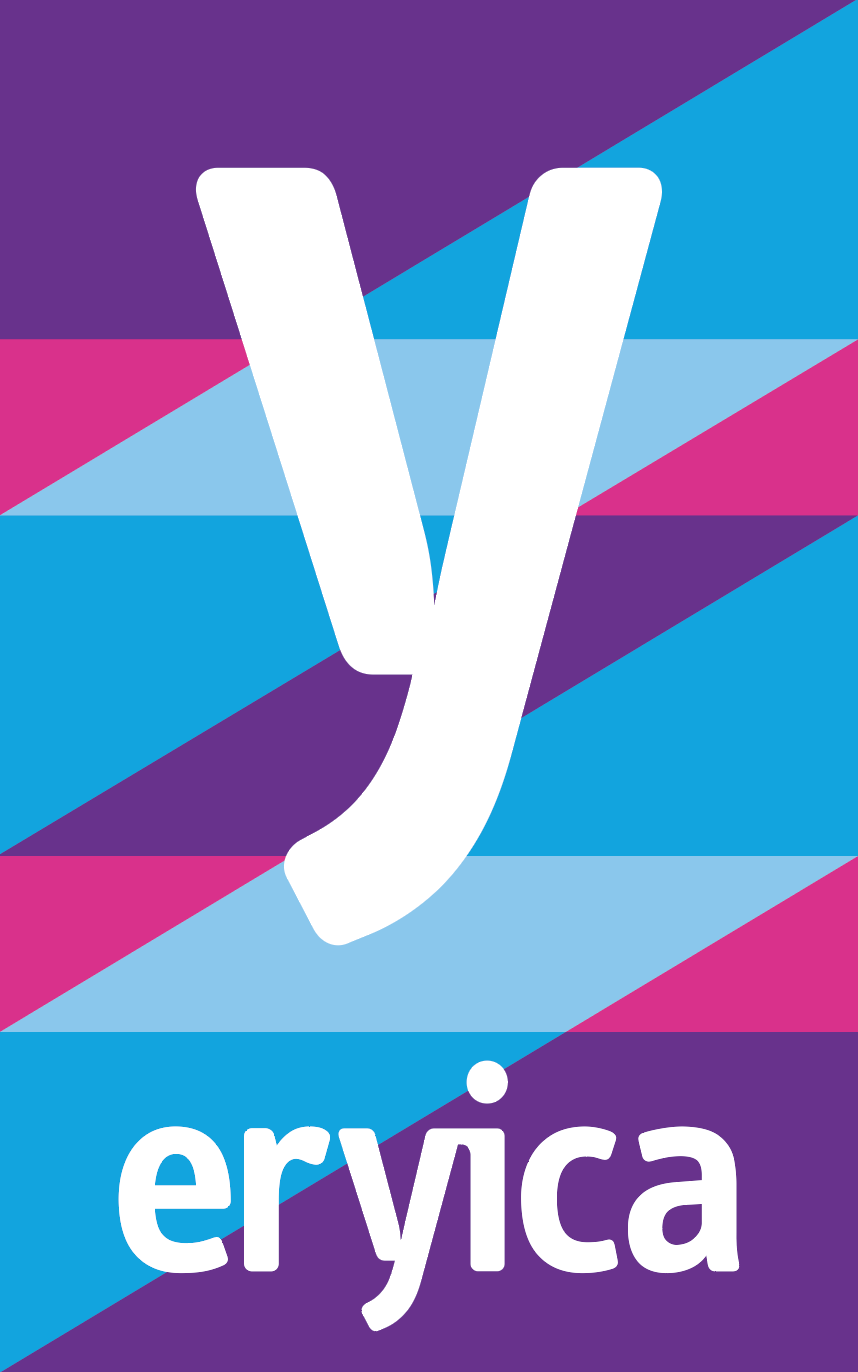Study on the landscape of youth representation in the EU
2020
Study on the landscape of youth representation in the EU
In June 2019, the European Commission (EC) appointed Ecorys to carry out a Study on the landscape of youth representation in the EU. The work was carried out between June and October 2019, in the context of the EAC-47-2014 Multiple Framework Service Contract to carry out studies supporting European Cooperation in Education and Youth.
The study has the following four key objectives: Firstly, to provide a general mapping of European Non-Governmental Organisations (NGOs) and EU wide networks in the field of youth with a view to identify gaps in youth representation at EU level with special attention to outreach and appropriate representation of diverse interests from regional and local levels. Secondly, it aims to assess the contribution of EU funding to youth organisations and networks, in particular under the Erasmus+ programme in relation to youth participation and youth representation. Thirdly, it strives to identify the new trends in youth participation and formulate recommendations on how their potential could be better tapped under the EU Youth Strategy; and lastly it aspires to formulate recommendations with regard to EU funding to European NGOs and EU-wide networks in the youth field.
ERYICA participated in the survey and was one of the few INGOs selected as “relevant stakeholder” for an in-depth interview. The interview aimed to understand the opportunities and challenges for young people to participate in democratic life at EU, regional and local levels. As part of the study, the Commission was also interested in understanding how EU grant funding was used to engage young people, and the impact of the funding.
The study presents a valuable snapshot of youth NGO activity across Europe in summer 2019, with representation from all of the main types of NGOs, and covering all European Member States at that date. The qualitative research was carried out with young people from diverse backgrounds from across Europe, with balanced geographical coverage and a cross-section of countries with different levels of representation. This allows for a good level of confidence in the research findings. As with any study, certain data limitations and caveats apply. The true number of NGOs operating in Europe is not known, and the survey findings are not therefore fully generalizable to the wider population.
You can check the study here.
